
September 18, 2022 marks the 75th birthday of the U.S.A.F. as an independent branch of our military. Help us celebrate their history and impact throughout the month!
As we honor the United States Air Force for 75 years of dedicated service as a branch of the military, it is important to realize that the story of the Air Force begins long before it became an official branch on September 18, 1947. The Air Force traces its lineage back to the first gliders and aeroplanes produced by Orville and Wilbur Wright in Dayton, Ohio at the turn of the 20th century.
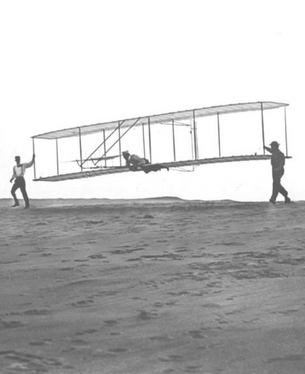
The drive and passion of the Wright Brothers to innovate and push the bounds of technology into a new frontier continued as airplanes quickly became integrated into the military. Early on, there were many doubts within the military community that aircraft could be an effective weapon, and many believed they were a gimmick at best. Major George Owen Squier, the Executive Officer to the Army Signal Corps, is credited with the first major push to create the United States Air Force by convincing the Army Signal Corps commander to establish the first heavier than air unit on August 1, 1907.
Aircrew and pilots were pioneers in this new endeavor, and it was a dangerous profession. Just one year later, Lieutenant Thomas E. Selfridge became the first military member killed in an aircraft crash on September 17, 1908. Death during training and practice was not uncommon, but the perseverance and dedication to constantly push the boundaries of this new technology and profession was never in question. From the experience gained through these unfortunate events, the formation of the 1st Aero Squadron was ordered in Texas City on March 5, 1913 for defense against escalating tensions with Mexico.
Experiences in World War I and further increases in technology allowed proponents of air power like Brigadier General Billy Mitchel, to push the boundaries of what was expected of the Air Force. On July 21, 1921 Mitchell led a trial of bombers to sink several German ships at the end of the Great War and even sunk the battleship SMS Ostfriesland.
Flying aces like Eddie Rickenbacker captured the imagination of the American public, and with 26 enemy planes shot down, proved the worth of aerial combat.
The interwar years saw even greater advances in aircraft technology, with the first all metal aircraft and mono-wing designs replacing the canvas and cloth biplanes. Bombing crews could strike directly at enemy production facilities, fighter pilots flew powerful and complicated machines, and ground crews were required to keep both in operational shape. The creation of the Army Air Forces in 1941 made the Air Force its own separate branch within the Army and gave it the ability to pursue its own needs.
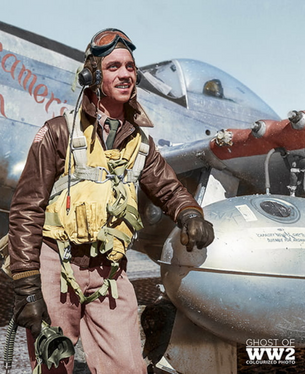
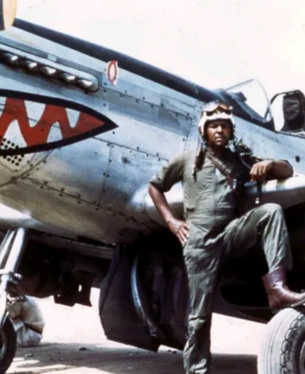
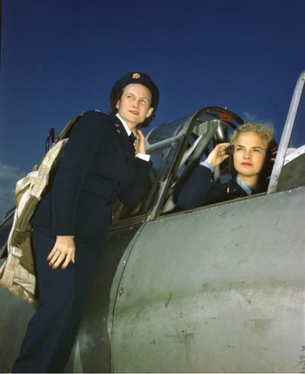
During this time, the military began to see an expansion of roles for African Americans and women. For instance, the Tuskegee Airmen became the first African American military aviators when the 99th Pursuit Squadron was formed on March 19, 1941. The following year the first women began flying for the military, forming the Women Airforce Service Pilots in 1943. As pilots became more experienced, the aircraft became more complex, and by the end of the war the Jet Age had begun. Nuclear weapons were now in existence and only the Air Force could effectively support that mission.
Finally, on September 18, 1947, the United States Air Force was formally established as its own independent branch of the military. With the new title, the innovation that defined the air forces for the previous half century did not stop, if anything, it accelerated. Over the years, air-to-air refueling was perfected, while radar, intelligence, and missile technology changed the working landscape for those serving in the Air Force.
Over time, more women became pilots and eventually served in combat roles. Today, the systems Air Force servicemembers work with continues to be defined by their complexity. Thanks to the professionalism and dedication of all our members, no U.S. troop has been attacked by enemy aircraft since 1953. As we celebrate the Air Force’s 75th birthday, let us remember where we came from to inspire us to reach even greater heights.
At the NVMM, we want to thank all military aviators for their sacrifice and service to our nation. Come learn more about the Air Force history through stories told at the NVMM or found on our website.
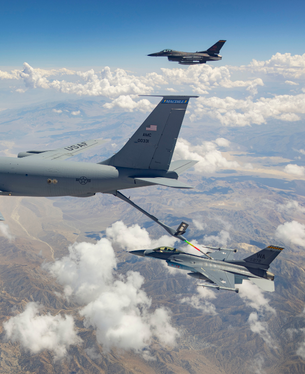
Watch our crash-course video on the history of the U.S.A.F.:
Check out our Word Cloud (What you think when you hear “Air Force”):

Add yours here!



